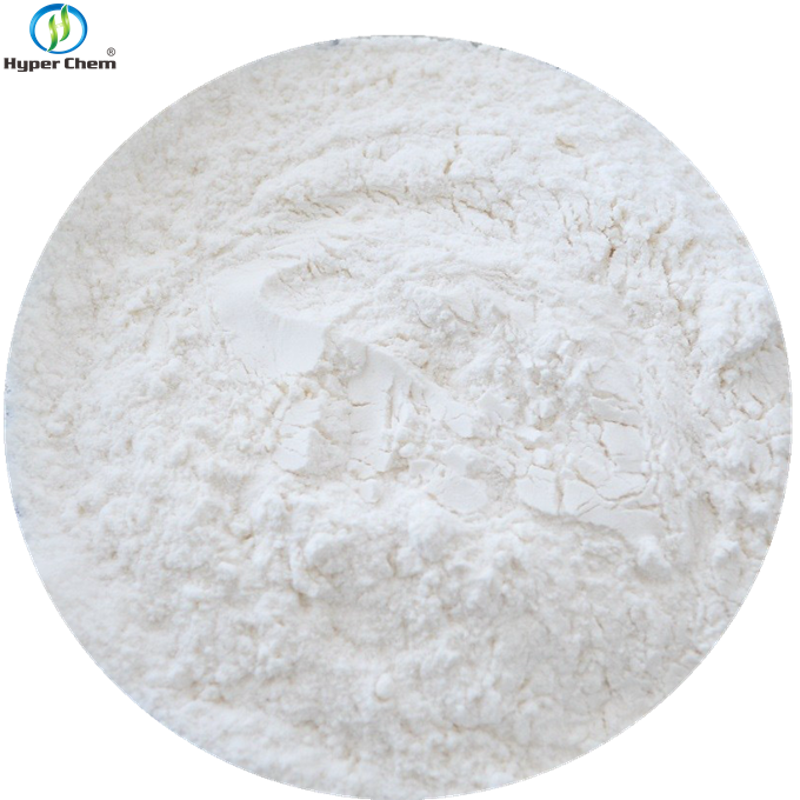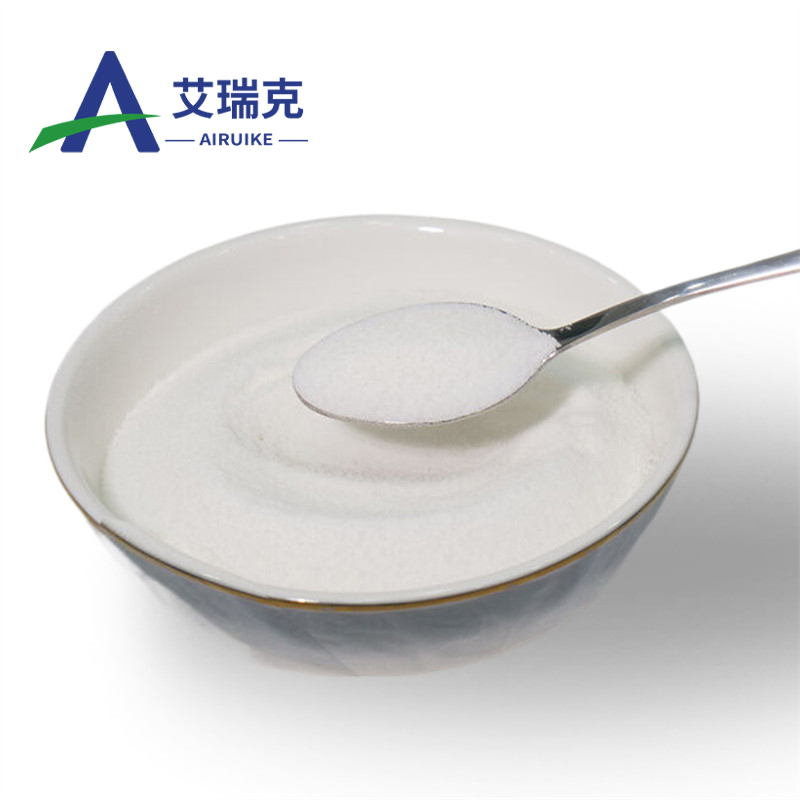-
Categories
-
Pharmaceutical Intermediates
-
Active Pharmaceutical Ingredients
-
Food Additives
- Industrial Coatings
- Agrochemicals
- Dyes and Pigments
- Surfactant
- Flavors and Fragrances
- Chemical Reagents
- Catalyst and Auxiliary
- Natural Products
- Inorganic Chemistry
-
Organic Chemistry
-
Biochemical Engineering
- Analytical Chemistry
-
Cosmetic Ingredient
- Water Treatment Chemical
-
Pharmaceutical Intermediates
Promotion
ECHEMI Mall
Wholesale
Weekly Price
Exhibition
News
-
Trade Service
▎WuXi AppTec content team editor
The New England Journal of Medicine (NEJM) has published the results of the landmark DAWN trial and DEFUSE-3 trial, confirming that patients with large-vessel occlusive ischemic stroke (LVO) use endovascular therapy (EVT), and the treatment time window can be extended to 6~24 hours, which changes the treatment mode
of stroke.
However, if these studies only included patients with small ischemic foci on CT perfusion imaging (CTP) or diffusion-weighted imaging (DWI), would endovascular therapy be equally effective in patients with ischaemic stroke who showed signs of massive infarction over an extended time window?
Recently, JAMA Network Open, a sub-journal of the Journal of the American Medical Association (JAMA), published the results of the GSR-ET trial online, confirming that for ischemic stroke patients with signs of large-scale infarction within an extended time window, the vascular recanalization rate after endovascular therapy is 75%, and the patient's functional outcome is better [defined as an improved Rankin score (mRS) ≤ 3 points]
。
Screenshot source: JAMA Network Open
The study finally included 285 patients from January 2015 ~ December 2019, all of which were derived from GSR-ET (an ongoing open-label, prospective, multicenter study).
All patients with early CT (ASPECT) score of Alberta stroke project ≤ 5 points, and received CT examination and endovascular treatment within 6~24 hours after the onset of stroke, of which 95 patients (33.
3%) received intravenous alteplase
.
In 215 patients (75%) who successfully achieved recanalization after embolectomy, the mTICI was 2b/3
.
The results showed that 27.
7% (79/285) of patients had a mRS score of ≤ 3 points
on day 90.
The vascular recanalization rate was 75% (215/285), which was independently related to the mRS score on day 90 ≤ 3 points (adjusted OR=4.
39, 95%CI=1.
79~10.
72).
The results of the inverse probability weighted analysis showed that if the patient's blood vessels were recanalized, the probability of mRS score ≤ 3 points on day 90 would increase by 19% (95%CI=9%~29%)
.
Figure 1: Endovascular recanalization is associated with mRS≤ score 3 (screenshot source: Reference [1])
Logistic multiple regression analysis showed that for patients with ASPECT scores of 3~5 points, achieving vascular recanalization within a time window of up to 17.
6 hours was more beneficial
.
Figure 2: Endovascular recanalization is associated with patient outcomes, with overlapping time windows of more than 828 minutes (screenshot source: References [1])
A total of 33% of patients received intravenous alteplase, and current guidelines recommend alteplase when CT shows mild to moderate early ischemic changes, but not recommended for patients with large areas of low attenuation
.
The current score reliability for early ischaemic changes is low, and in the absence of objective thresholds, it is not clear
how to visually distinguish early low attenuation.
6 hours, successful recanalization was beneficial
for functional outcomes.







